Despite some contempt from part of the brewing community, low alcoholic beer (LAB) and non alcoholic beerr (NAB) are great options for those looking to reduce their alcohol intake, whether for health or well-being reasons.
 You can laugh and joke with non-alcoholic beer that who has heard it and for what needs it, it is not even beer. Such jokes usually last until the first party, when one of the partygoers is chosen to the honorable function of the driver who will take the company home afterwards. This one person may feel slightly disadvantaged, the prospect of playing with a glass of water does not suit everyone. In such a situation, the jokes go aside and we turn to non-alcoholic or low-alcohol beer. It smells like beer, it tastes like beer, the only difference is no percentages.
You can laugh and joke with non-alcoholic beer that who has heard it and for what needs it, it is not even beer. Such jokes usually last until the first party, when one of the partygoers is chosen to the honorable function of the driver who will take the company home afterwards. This one person may feel slightly disadvantaged, the prospect of playing with a glass of water does not suit everyone. In such a situation, the jokes go aside and we turn to non-alcoholic or low-alcohol beer. It smells like beer, it tastes like beer, the only difference is no percentages.
Contrary to speculation that it will be a fad, the whole idea has turned into an integral part of the beer drinking culture, and we may even be tempted to say that it has become an alternative to it.
Brewing
 Fermentation is an inseparable element of brewing, and regardless of our efforts, alcohol will always be produced as a result, which is beyond our control. However, we have an influence on its final content, using appropriate techniques and methods we can significantly reduce its amount.
Fermentation is an inseparable element of brewing, and regardless of our efforts, alcohol will always be produced as a result, which is beyond our control. However, we have an influence on its final content, using appropriate techniques and methods we can significantly reduce its amount.
At home, of course, we will not obtain typically alcohol-free beer, because it is produced in the process of dealcoholization, which requires appropriate technology. However, we can successfully brew beers with an alcohol level of 1.5-2%, which will certainly be richer in taste than most non-alcoholic commercial products.
High temperature / Low charge:
 The method is the most accessible to beginners because it can be easily carried out on a small equipment and small amounts of malt.
The method is the most accessible to beginners because it can be easily carried out on a small equipment and small amounts of malt.
A small charge will make the wort contain less sugars, which will ferment during mashing. High mashing temperature (82-86 ° C) will result in greater secretion of the alpha-amylase enzyme, which will result in lower sugar levels and, consequently, lower alcohol content. With this method, we get a BLG of 2-6, so that the finished beer will oscillate around 0.1-2.0%
Cold mashing / non-enzymatic mashing
It is an innovative method of mashing popularized by the American malt house Briess. The cold extraction process enables the brewer to capture the color and flavor of specialty malts while limiting the extraction of complex carbohydrates. It consists in mashing the malt in cold water at a temperature of 20 degrees C for 8 to even 24 hours.
Thanks to this method, the wort has a much larger amount of proteins responsible for better foam retention and beer flavor. Thanks to that, even with small fillings, we will obtain full and full-bodied beers. Beer prepared in this way can contain from 1.0% to 1.5% alcohol, without losing taste and consistency, and retains high-quality head.
You can read more about cold mashing directly on the Briess website.






















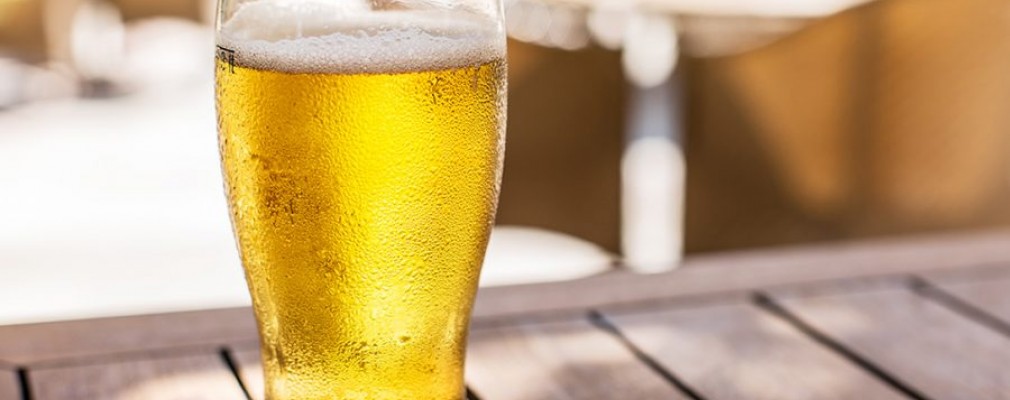
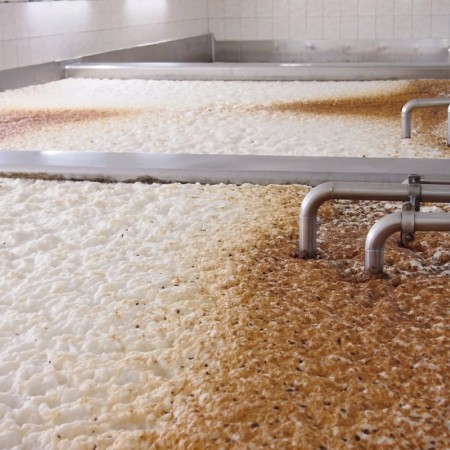
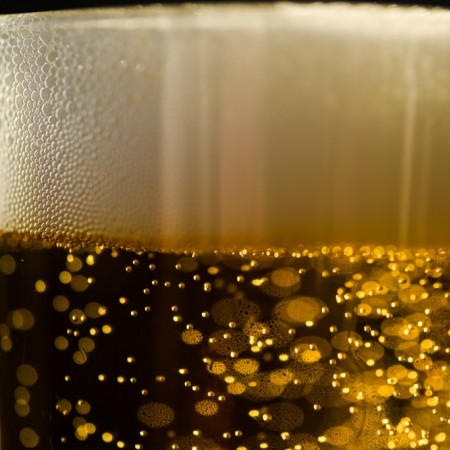 By adding sodium / potassium metabisulfite and potassium sorbate together to the beer, we will effectively stop further fermentation while re-sweetening with fermentable sugar.
By adding sodium / potassium metabisulfite and potassium sorbate together to the beer, we will effectively stop further fermentation while re-sweetening with fermentable sugar. Choosing the right malts, additives, hops and yeast is a key factor in beer design, and choosing the wrong malt, hops or yeast can completely change the fermentation and style of the beer. When brewing NAB / LAB, recipe selection can be even more difficult - too high a base malt content can result in a higher level of fermentation, and too much additive can result in undesirable foam properties and a high starch content. Bitter additives should also be introduced as bitterness is higher in NAB / LAB due to the lower IBU / GU ratio. Choosing a yeast (which is maltose and / or maltotriose negative - what's the deal?) Will be better at producing a low ABV beer due to its inability to ferment the selected sugars. Choosing a traditional strain or one that is STA1 + can lead to excessive attenuation resulting in higher ethanol production. It is also recommended to avoid the use of fruit due to its sugar content..
Choosing the right malts, additives, hops and yeast is a key factor in beer design, and choosing the wrong malt, hops or yeast can completely change the fermentation and style of the beer. When brewing NAB / LAB, recipe selection can be even more difficult - too high a base malt content can result in a higher level of fermentation, and too much additive can result in undesirable foam properties and a high starch content. Bitter additives should also be introduced as bitterness is higher in NAB / LAB due to the lower IBU / GU ratio. Choosing a yeast (which is maltose and / or maltotriose negative - what's the deal?) Will be better at producing a low ABV beer due to its inability to ferment the selected sugars. Choosing a traditional strain or one that is STA1 + can lead to excessive attenuation resulting in higher ethanol production. It is also recommended to avoid the use of fruit due to its sugar content..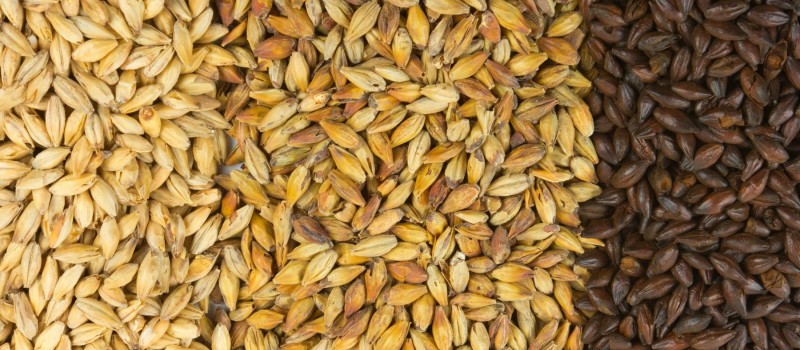
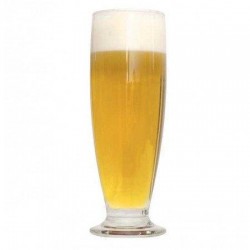
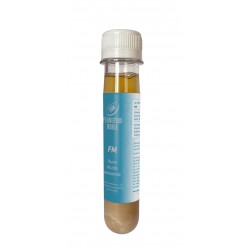


Dodaj komentarz
0 komentarze